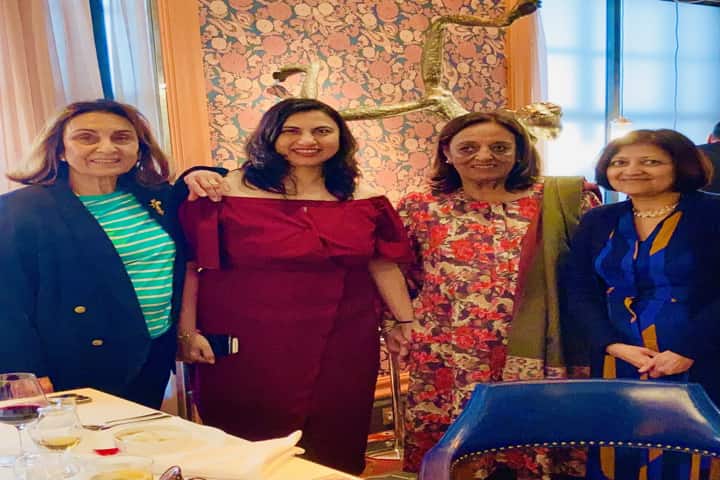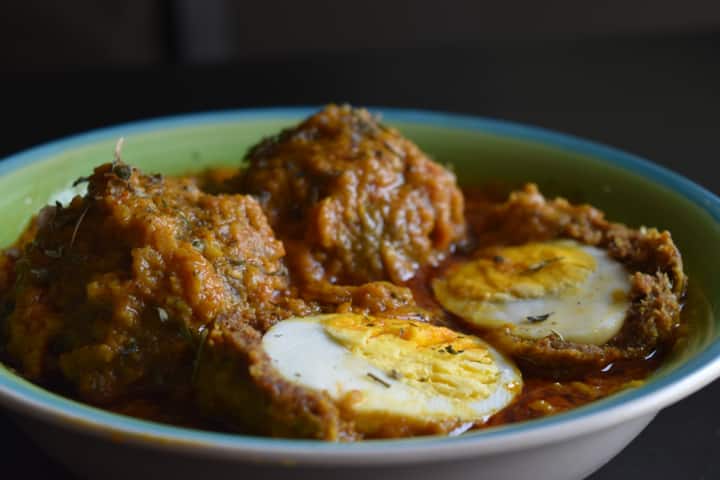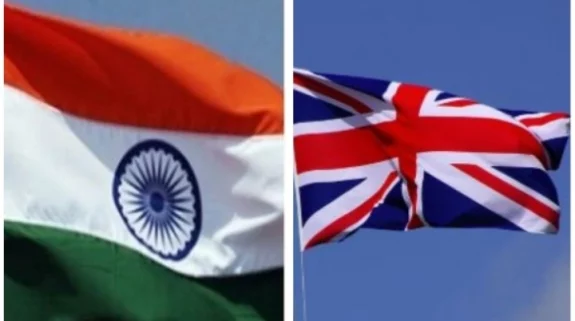Everything about the event held at London to explore and experience the coming together of two distinct styles of cuisine and cooking over a period of more than 200 years was perfect. While it was held at Veeraswamy, the oldest Indian restaurant in the United Kingdom, it was helmed by Anoothi Vishal, India’s well-known culinary historian and author and Camellia Panjabi, author and restaurateur.
These two experts on food looked closely at the interaction between India and Britain during the last 250 years as it moulded the food of both the countries on the anvil of coronation of King Charles III in May.
Highlighting the importance of 200 years – between 1750s and 1940s – in the Indian subcontinent, Vishal drew attention to how English presence in India had changed tastes and trends. She said: “The English presence and European ingredients and influences entwined with the ancient Indian and Mughal cultures of the subcontinent to give us distinctive dishes that we still associated with the Raj, and which are a part of Indian gastronomy even today.”

Further, she added that with the shift of the political power from Old Delhi, regional centres like Hyderabad and Avadh and Calcutta witnessed the mixing of the cultures which in turn resulted in a variety of flavours. She cited examples of some dishes that came into being by this churning including refashioned Nargisi kofte, Scotch egg, Madras curry powder, fish molee, butter chicken and tikka masala.
Talking about curry, Vishal observed: “Curry, one of the staple and beloved dishes in modern Britain, is the colonial gaze on Indian cuisine that has reduced the complexity of Indian spicing.”
Panjabi drew attention on the important changes that the cuisines of both the nations had undergone in the last 75 years following the exit of English from the subcontinent.
She pointed out that some of the international hotel chains and stand-alone restaurants in India are not nurturing Indian cuisines as they generally offer the same 20 traditional Indian food items found all over the world. Panjabi went on to add that some Indian restaurants in Britain are taking Indian food to a fine dining level through the best of India’s culinary talents.
Panjabi informed that, “Some of the most innovative Indian restaurants are now found besides London in other international cities, like Bangkok, Singapore, and the United States, as this young talent find quicker acceptance of innovative Indian food outside of India.”
Apart from food, the interaction also included discussion about the exchange that had taken place in the drinking traditions between the two countries. The locally distilled Indian alcohol, known by the generic word arack, became pretty fashionable in aristocratic Regency circles. The Regent’s punch (punch referring to panch or five in Hindi, the number of ingredients used) being a hearty concoction of gentlemen, combining this heady Indies alcohol with citrus, tea, spices and pink champagne. On the other hand, Scotch became a fashion in princely India by the Victorian age.
The invite-only exclusive curated experience was held in partnership with Glenmorangie single malt Scotch whisky.




















